Monacor HSE-80 Handleiding
Bekijk gratis de handleiding van Monacor HSE-80 (13 pagina’s), behorend tot de categorie Microfoon. Deze gids werd als nuttig beoordeeld door 49 mensen en kreeg gemiddeld 5.0 sterren uit 25 reviews. Heb je een vraag over Monacor HSE-80 of wil je andere gebruikers van dit product iets vragen? Stel een vraag
Product specificaties
| Merk: | Monacor |
| Categorie: | Microfoon |
| Model: | HSE-80 |
| Kleur van het product: | Zwart |
| Snoerlengte: | 0.8 m |
| Connectiviteitstechnologie: | Bedraad |
| Soort voeding: | DC 2-10 V |
| Aansluiting: | mini XLR (3-pin) |
| Stroomverbruik: | 2 mA |
| Microphone direction type: | Cardioïde |
| Gevoeligheid microfoon: | 110 dB |
| Frequentie microfoon: | 100 - 12000 Hz |
| Microphone input impedance: | 2200 Ohm |
| XLR out: | Ja |
| Bedrijfstemperatuur (T-T): | 0 - 40 °C |
| Type batterij: | AA |
| Gewicht microfoon: | 40 g |
Heb je hulp nodig?
Als je hulp nodig hebt met Monacor HSE-80 stel dan hieronder een vraag en andere gebruikers zullen je antwoorden
Handleiding Microfoon Monacor

22 Juni 2023

19 Juni 2023

19 Juni 2023

19 Juni 2023

18 Juni 2023

16 Juni 2023

15 Juni 2023

11 Juni 2023

11 Juni 2023

11 Juni 2023
Handleiding Microfoon
- Dimavery
- PreSonus
- SmallRig
- Neumann
- Max
- Elgato
- OneConcept
- Xvive
- Tula
- Srhythm
- HiRO
- Bigben
- PureLink
- Nowsonic
- Majority
Nieuwste handleidingen voor Microfoon
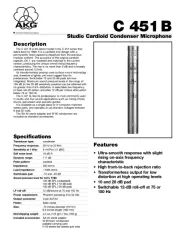
2 Augustus 2025
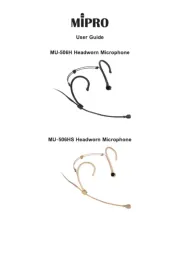
29 Juli 2025
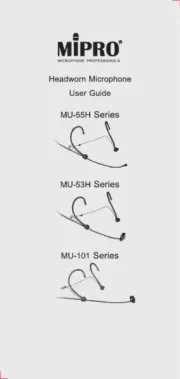
29 Juli 2025
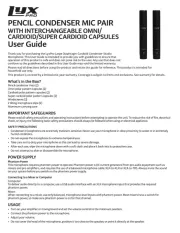
29 Juli 2025

29 Juli 2025
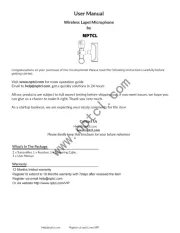
28 Juli 2025
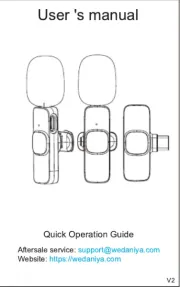
28 Juli 2025
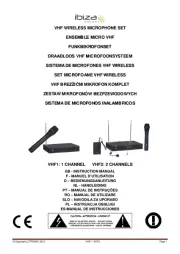
28 Juli 2025
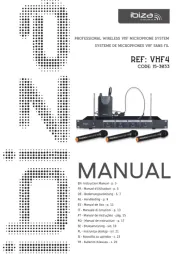
28 Juli 2025
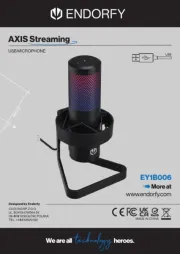
23 Juli 2025